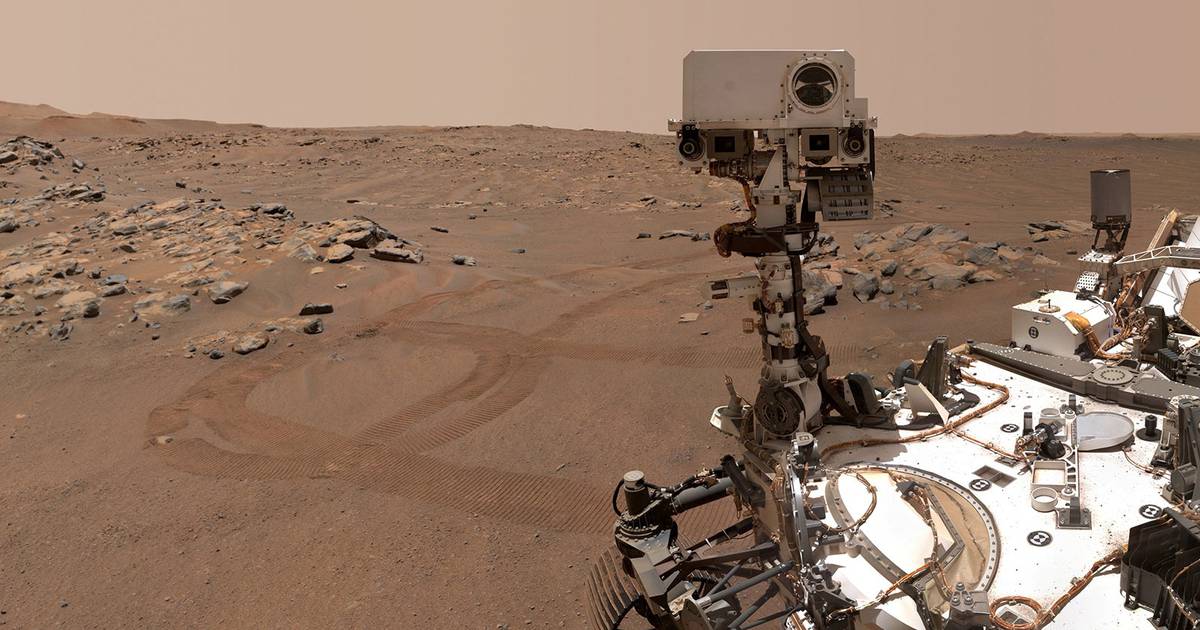NASA’s rock-collecting rover reveals shocking geology of Martian crater – Muricas News
 NASA’s rock-collecting rover reveals shocking geology of Martian crater – Muricas News
[ad_1]
NASA’s rock-collecting rover reveals shocking geology of Martian crater – Muricas News
[ad_1]
The samples collected by the six-wheeled car, prepared for transport to Earth for additional research, present that the stones from 4 areas within the Jezero crater, named after the place of the identical title in Bosnia and Herzegovina, are igneous, i.e. shaped by the cooling of molten materials.
The rocks additionally present modifications as a result of publicity to water, which is one other indication that Mars was heat and moist way back.
Scientists consider that the stones, shaped roughly 3.5 billion years in the past, may very well be sedimentary, shaped as mud and sand on the backside of the lake.
“In actual fact, we discovered no proof of sedimentary rocks the place the rover explored the crater ground, even supposing we all know the crater as soon as had a lake and sediment will need to have been deposited. These sedimentary deposits will need to have eroded,” stated Caltech geochemist Kenneth . Farley, lead writer of considered one of 4 research printed within the journals Science and Science Advances describing the geology of the crater.
Perseverance arrived on Mars in February 2021 and since then has been constantly working within the Jezero crater, investigating whether or not Earth’s neighbor as soon as had the circumstances for all times.
The rover collects rock samples, the scale of college chalk, into small tubes that can be picked up by one other spacecraft in 2033 and returned to Earth for additional analysis.
The Jezero crater is 45 kilometers huge and situated north of the Martian equator. It's believed that the world was as soon as wealthy in water and a river delta. Scientists consider that the crater was as soon as house to microbial life.
“We collected samples that can be returned to Earth and will present key proof of what, if any, species of organisms inhabited the Jezero Crater rocks after they interacted with water,” stated Yang Liu, a NASA scientist and one from the writer of the analysis.
[ad_2]




0 comments: